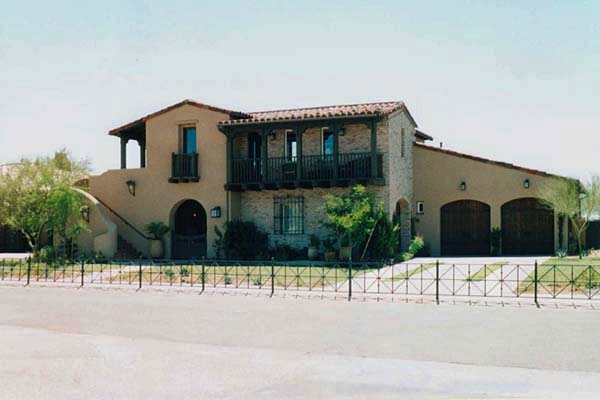DWELLING UNIT
Unveiling the Essence of Dwelling Units in Real Estate
Understanding Dwelling Units
Dwelling units, as delineated in zoning ordinances and building codes, represent individual living spaces designed to accommodate the needs of a single household. Central to the definition is the inclusion of a kitchen, underscoring the self-sufficiency and independence inherent in these living quarters. This distinct classification allows for the precise regulation and assessment of residential properties, ensuring compliance with established standards and guidelines.
Dwelling Units and Tract Houses
Tract houses, characterized by their uniformity and mass production, often feature standardized dwelling units that contribute to the cohesive layout and design of these residential developments. The concept of a dwelling unit is integral to the planning and construction of tract houses, as it dictates the configuration and functionality of each living space within the larger development.
The Interplay of Dwelling Units and Tract Houses
Standardization:
Dwelling units within tract houses typically adhere to a standardized layout and design, reflecting a cohesive approach to residential construction.
Efficiency and Consistency:
The uniformity of dwelling units in tract houses facilitates efficient construction processes and ensures consistency in the overall aesthetic and functional attributes of the properties.
Regulatory Compliance:
Zoning ordinances and building codes govern the specifications and allocation of dwelling units within tract houses, safeguarding adherence to prescribed standards and regulations.
The Evolution of Dwelling Units
The Evolution of Dwelling Units
As the real estate landscape evolves, so do the dynamics of dwelling units within residential developments. Contemporary trends underscore an emphasis on versatility, sustainability, and innovation in the design and utilization of dwelling units. The integration of modern amenities, energy-efficient features, and adaptable living spaces reflects the evolving preferences and priorities of homeowners within the context of dwelling units.
Conclusion
Dwelling units, serving as the cornerstone of residential zoning and construction regulations, wield significant influence in shaping the fabric of real estate developments. Within the context of tract houses, the interplay between standardized dwelling units and cohesive neighborhood planning underscores the intricate relationship between regulatory frameworks and residential design. As the real estate industry continues to evolve, the essence of dwelling units remains pivotal, reflecting the enduring quest to create living spaces that harmonize functionality, comfort, and compliance within the built environment.
MORE REAL ESTATE TERMS
A, B, C, D, E, F, G, H, I, J, K, L, M, N, O, P, Q, R, S, T, U, V, W, X, Y, Z
Featured New Home

Featured Mortgage Brokers
- Consolidated Loan Company of Albany- Home Office, mortgage broker in Albany, GA
430 W Tift Ave
Albany, GA 31701 - MOVEMENT MORTGAGE LLC, GASTONIA, NC
1000 S NEW HOPE RD
GASTONIA, NC 28054 - CHARTER WEST NATIONAL BANK, GRAND ISLAND, NE
714 N DIERS AVE
GRAND ISLAND, NE 68803 - CrossCountry Mortgage, Inc., mortgage broker in Elgin, IL
374 N Mclean Blvd
Elgin, IL 60123 - MOVEMENT MORTGAGE LLC, FREDERICKSBURG, VA
4920 SOUTHPOINT DR
FREDERICKSBURG, VA 22407